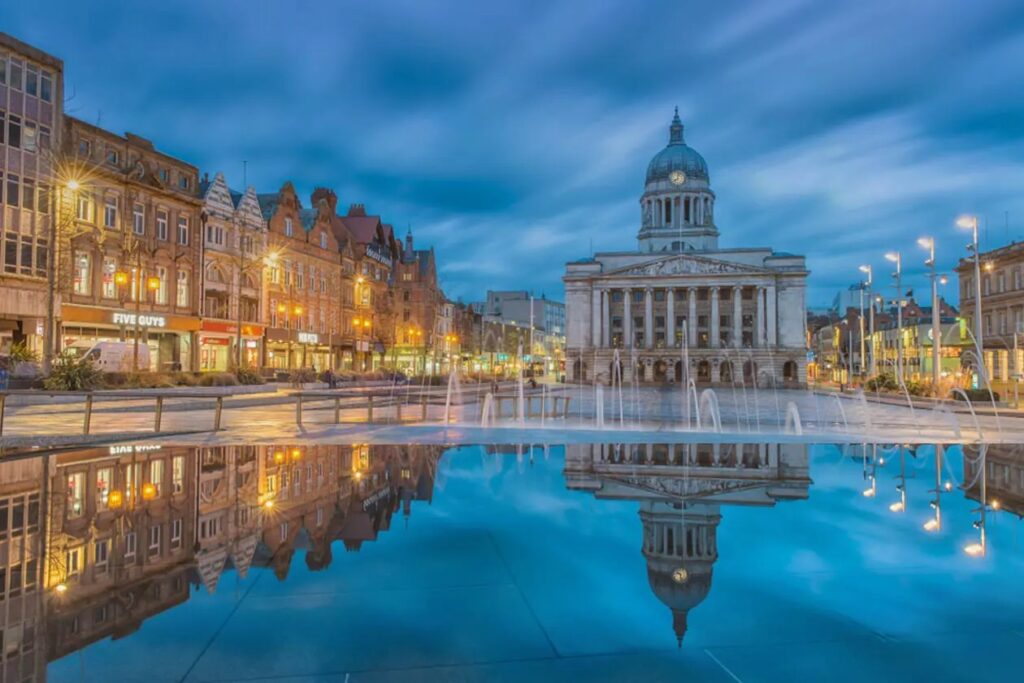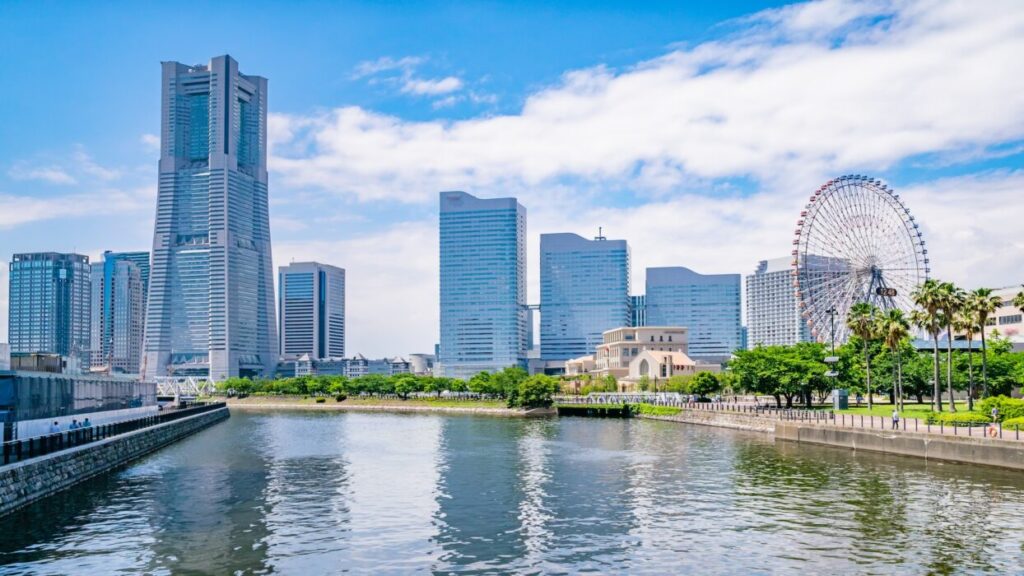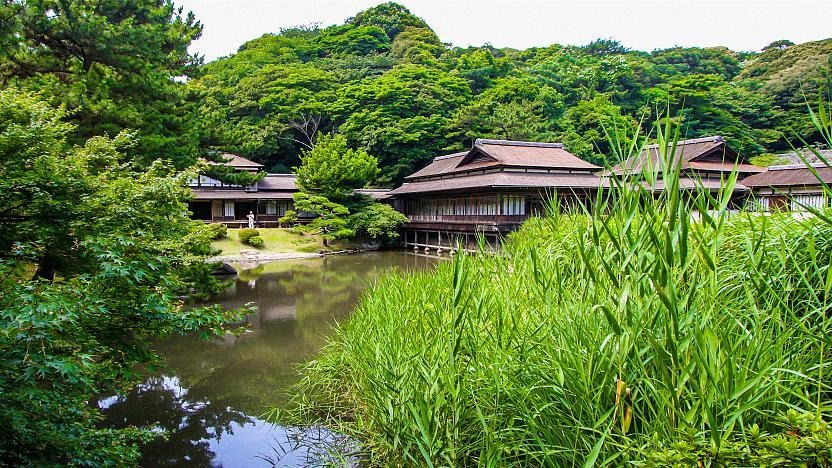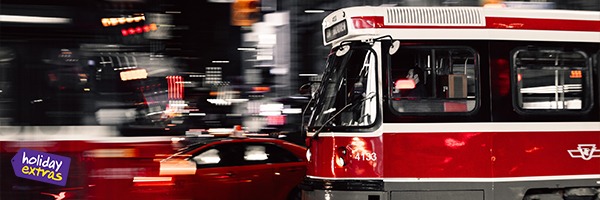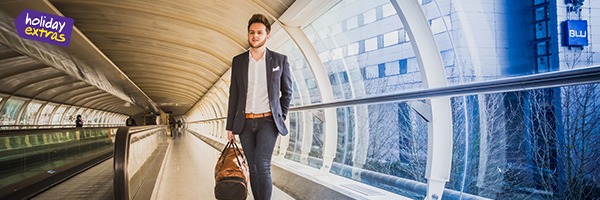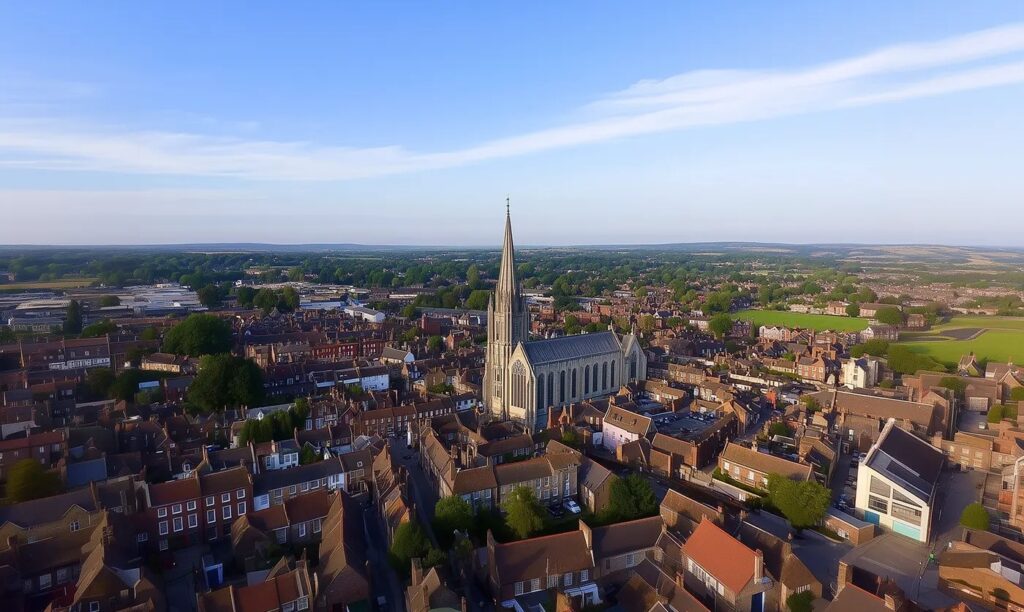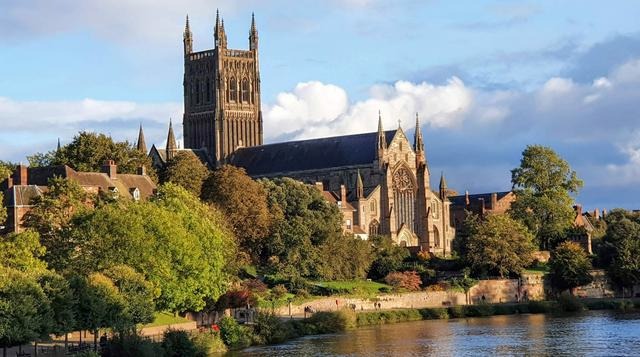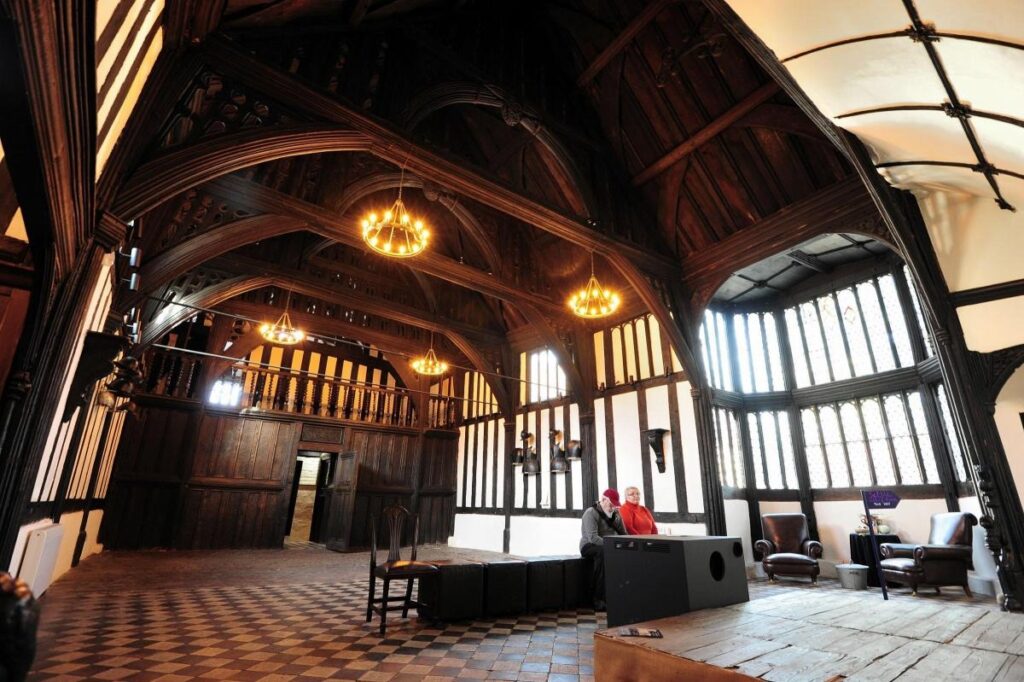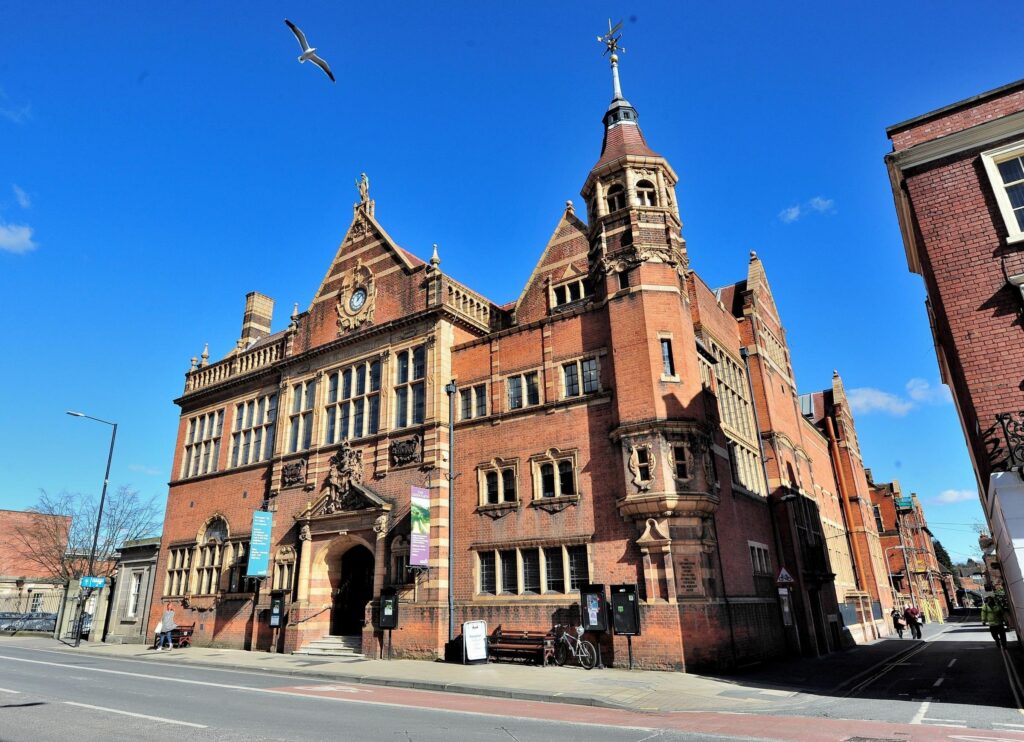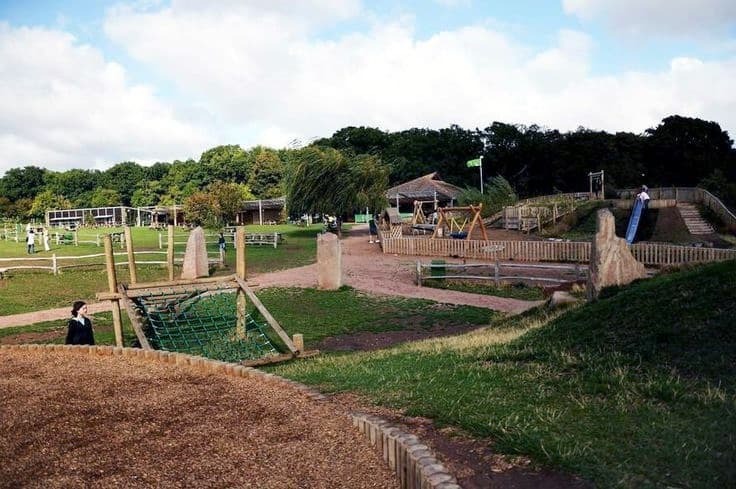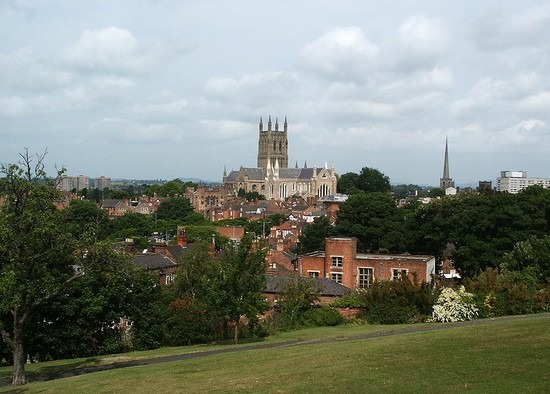Nottingham — a city rich in history, iconic castles, vibrant culture, and attractions for all ages. Whether you’re visiting for the first time or returning, planning your trip carefully is key to enjoying every moment. With Holiday Extras, you can make your travel stress-free, ensuring more time to explore and less time worrying about logistics. Let’s dive into what Holiday Extras offers and how to make the most of your Nottingham experience.
For a wide selection of travel services, you can explore Holiday Extras.
What is Holiday Extras?
Holiday Extras is an online service that simplifies travel planning. Their offerings include:
- Airport Parking — book secure parking for peace of mind before your flight. (Holiday Extras)
- Airport Hotels — stay near the airport if your flight is early morning or late night. (Holiday Extras)
- Airport Lounge Access — relax, snack, or work in a comfortable lounge before your departure. (Holiday Extras)
- Travel Insurance — protect yourself from flight cancellations, health emergencies, or lost luggage. (Holiday Extras)
- Transfers & Taxi Services — airport transfers, taxis, or shuttles to your accommodation. (Holiday Extras)
Using Holiday Extras ensures you get their special deals while making your trip planning easier.
Getting to Nottingham
Nottingham is located in the East Midlands of England. Travel options include:
- Air + Transfer: East Midlands Airport is the nearest major airport, with taxis and bus services available to Nottingham. (Holiday Extras)
- Rail Network: Nottingham is well connected by train to London, Manchester, Birmingham, and other major cities. (Holiday Extras)
- Car / Road Travel: Driving is easy, and you can pre-book airport parking via Holiday Extras for convenience.
Top Attractions in Nottingham
Once you arrive, Nottingham offers history, culture, and modern entertainment for all visitors:
1. Nottingham Castle
Explore the historic castle, art galleries, and museum. Situated atop Castle Rock, it offers spectacular city views.
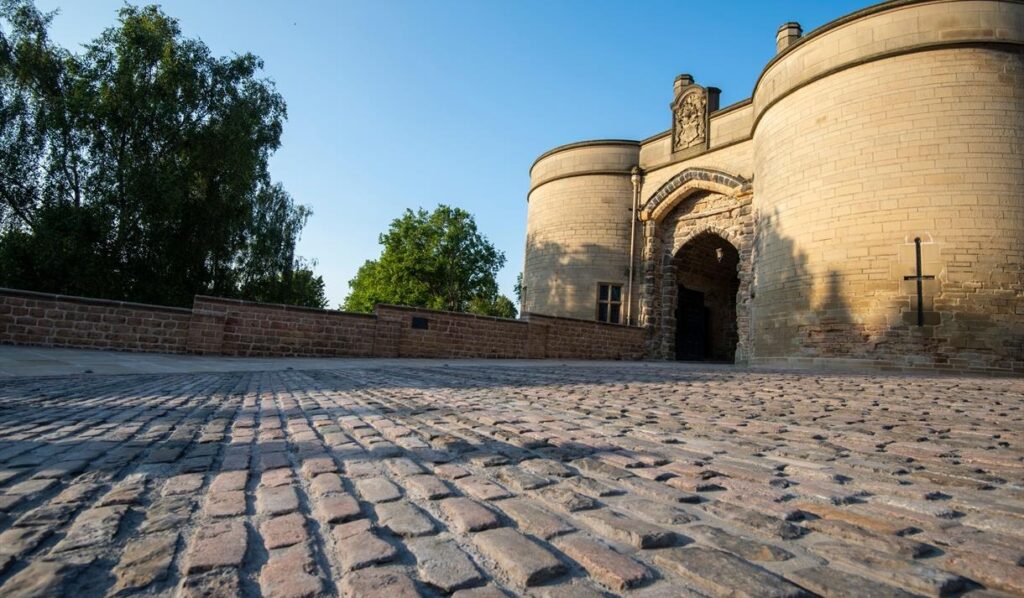
2. City of Caves
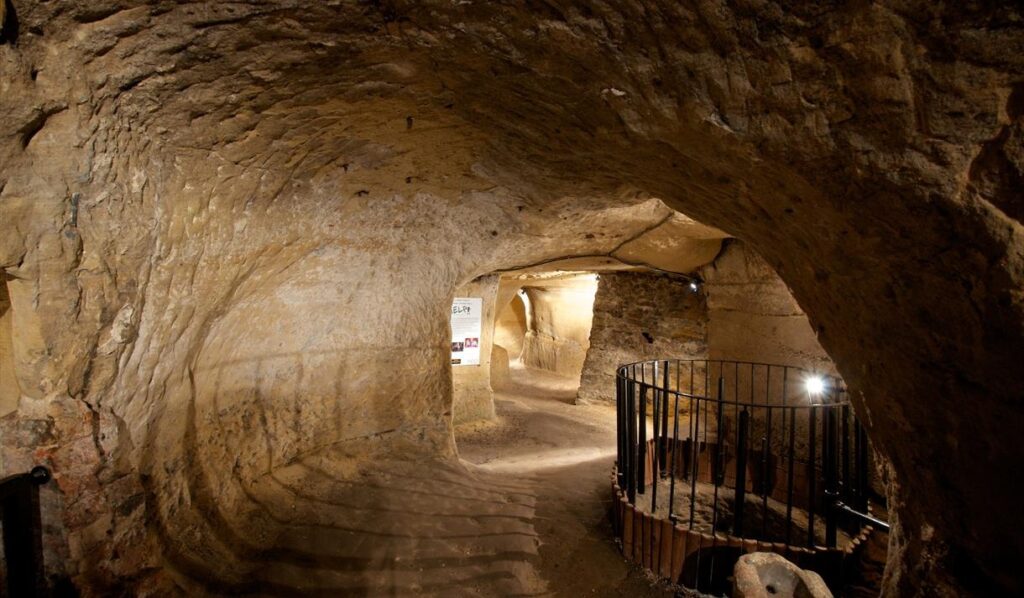
Discover natural and man-made caves beneath Nottingham. Guided tours offer insight into the city’s underground history.
3. Robin Hood Statue & Sherwood Forest
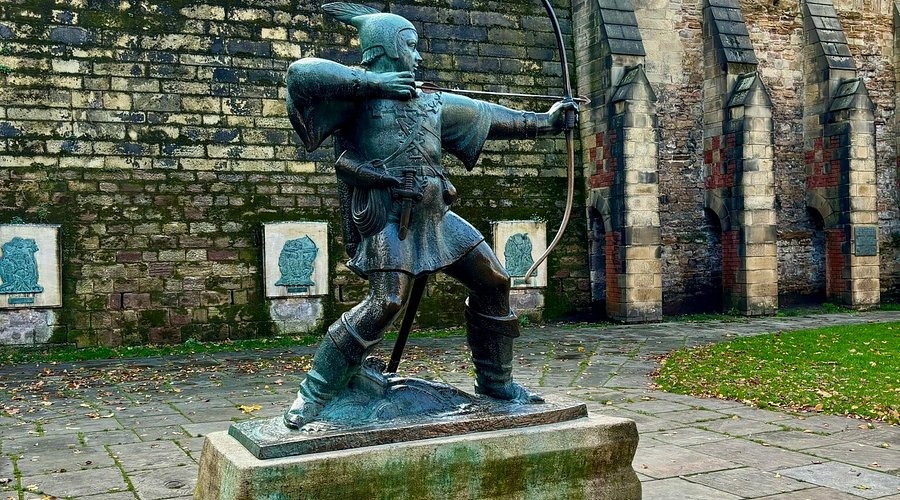
Experience the legend of Robin Hood. Sherwood Forest and the iconic statue are must-see attractions.
4. Ye Olde Trip to Jerusalem
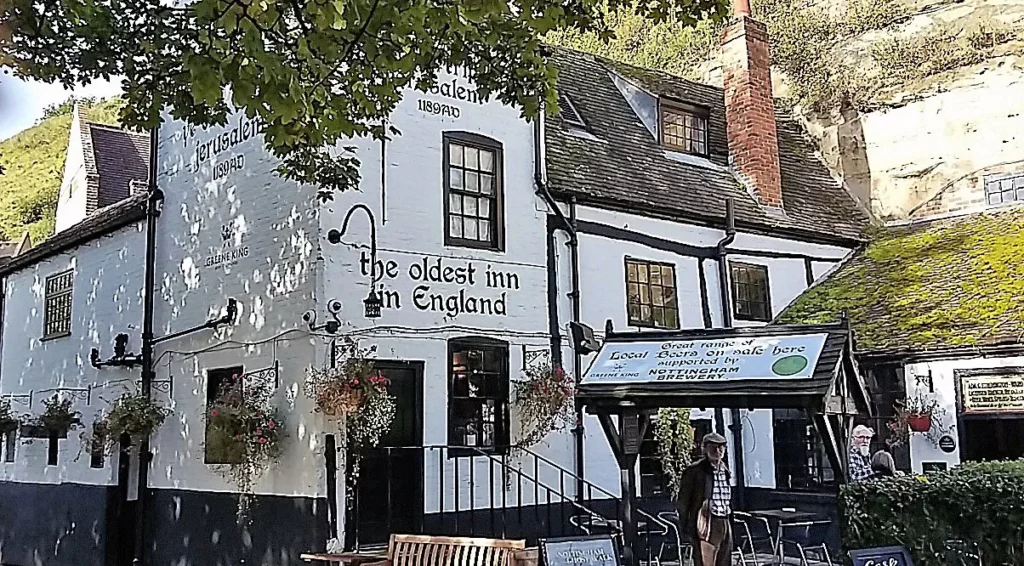
Visit one of England’s oldest pubs, carved into Castle Rock — a unique historical experience.
5. Museums & Galleries
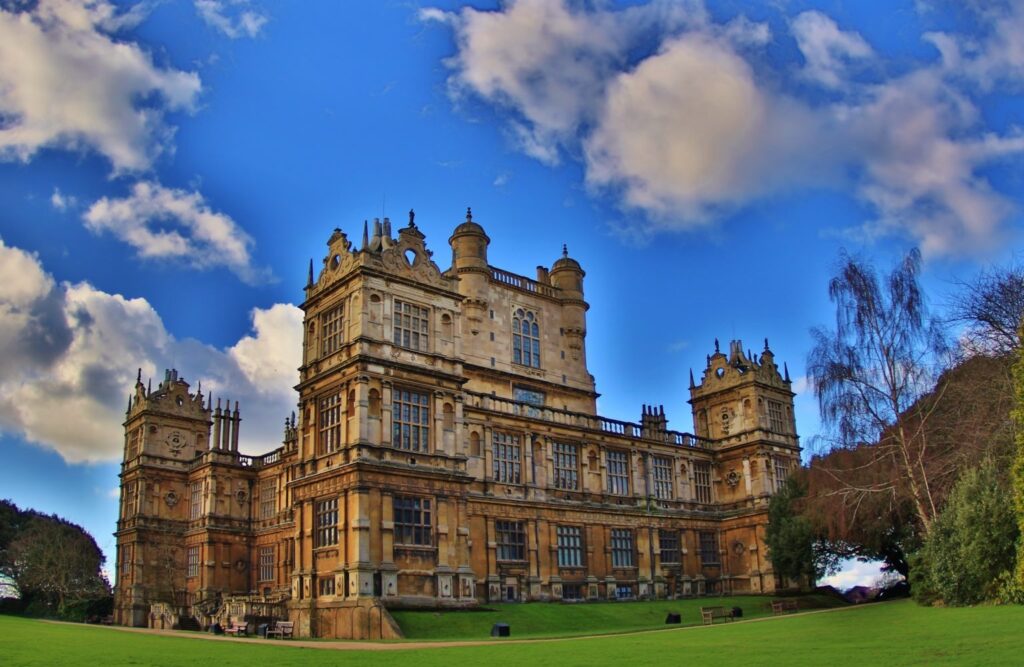
- Nottingham Contemporary — modern art exhibitions.
- Newstead Abbey — historic home of Lord Byron.
- Green’s Mill & Science Centre — windmill and science exhibits, perfect for families.
6. Shopping & Dining

- Hockley and Lace Market — boutique shops and local restaurants.
- Nottingham offers traditional English pubs, international cuisine, and cozy cafés.
How Holiday Extras Makes Travel Easier
Holiday Extras services can simplify your Nottingham trip:
| Service | How It Helps |
|---|---|
| Airport Parking | Ensures your car is safe and accessible, reducing pre-flight stress. |
| Airport Hotels | Perfect for early flights or late arrivals; rest nearby the airport. |
| Lounge Access | Offers a quiet, comfortable space before your flight with refreshments. |
| Transfers & Taxis | Smooth airport-to-city travel with luggage convenience. |
| Travel Insurance | Covers emergencies, cancellations, and lost luggage. |
Travel Preparation Tips
- Book flights, trains, and transfers in advance using Holiday Extras.
- Reserve airport parking and lounges beforehand.
- Check Nottingham’s weather; carry rain gear if needed.
- Wear comfortable shoes for cobblestone streets and Castle climbs.
- Keep maps or public transport info handy — Nottingham has buses and trams.
- Consider travel insurance for safety and peace of mind.
Making the Most of Nottingham
- Start Early: Popular attractions like Nottingham Castle are best visited in the morning to avoid crowds.
- Try Local Cuisine: Sample traditional English fare, café delights, or international dishes.
- Day Trips: Explore Sherwood Forest or Peak District for nature escapes.
- Cultural Experiences: Attend theatre performances, live music, or local festivals to fully enjoy Nottingham’s cultural scene.
Why Choose Holiday Extras
Booking through Holiday Extras ensures:
- Variety of Options: Airport parking, hotels, lounges, transfers, and insurance.
- Convenience: Easy online booking, ready for your travel schedule.
- Special Deals: Access exclusive offers through the affiliate link.
- Trusted Service: Millions of happy customers across Europe.
Holiday Extras takes the stress out of travel, letting you focus on enjoying Nottingham’s history, culture, and charm.
Nottingham is more than a city; it’s a blend of history, culture, and modern entertainment. Your experience is enhanced when travel arrangements are streamlined. With Holiday Extras, you can book airport parking, hotels, transfers, lounges, and insurance, ensuring a stress-free, memorable trip.
For an organized, hassle-free Nottingham adventure, visit Holiday Extras today.

